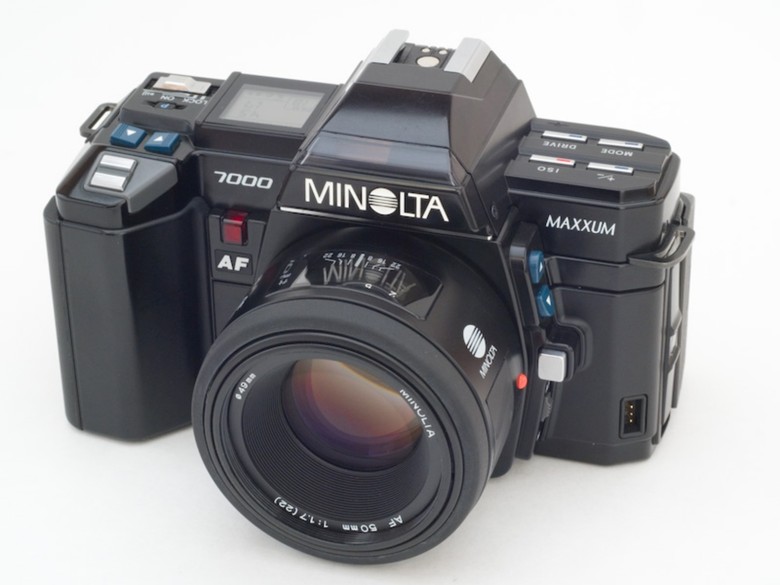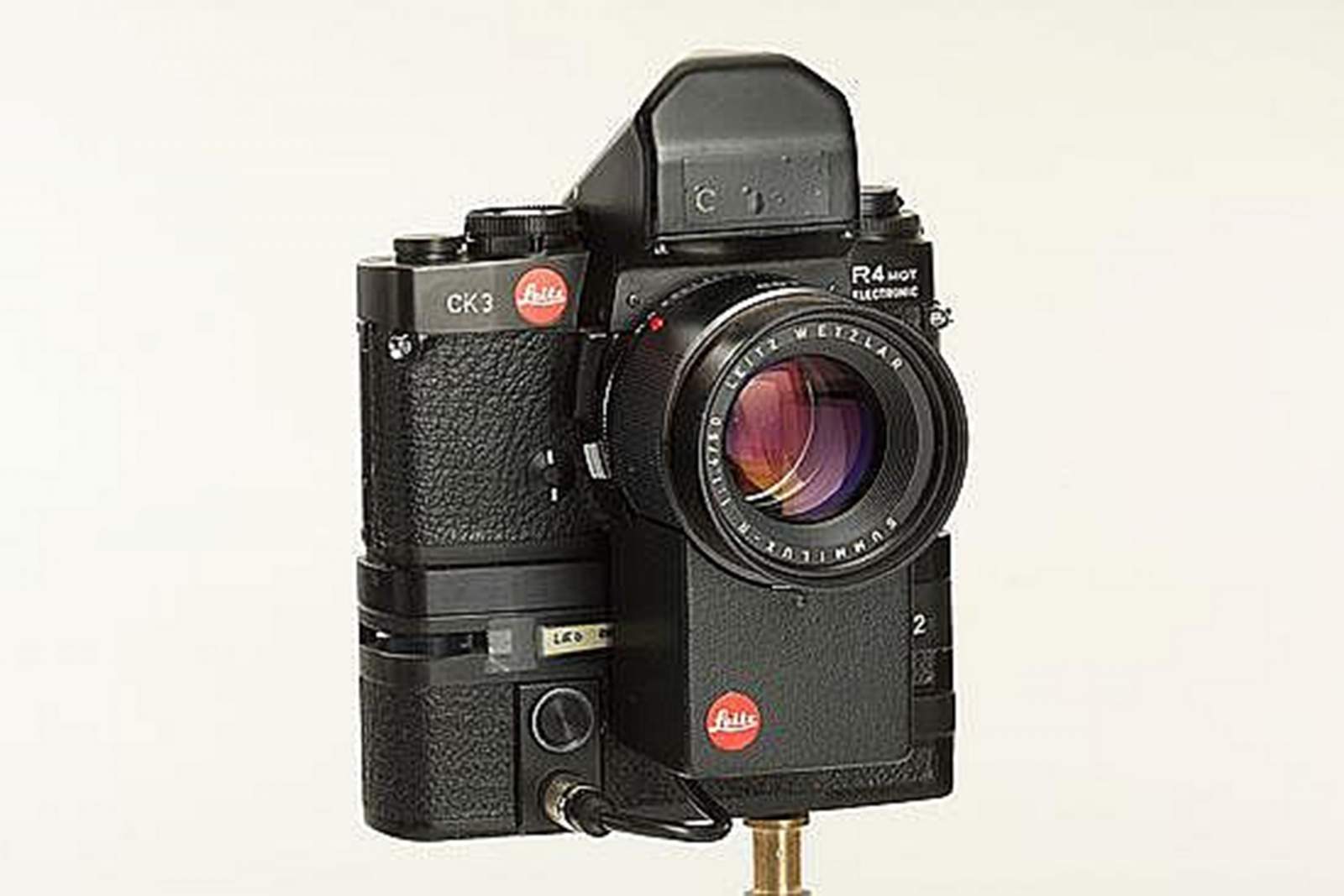Legendary German camera maker Leica spent nearly 20 years patenting technology that would take focusing out of the hands of photographers. As with the 35 mm still camera the company created in 1925, Leica stood ready to once again revolutionize photography, this time with an autofocus system.
 But after spending the last part of the 1970s working on prototypes, Leica dropped plans to bring autofocus to consumers. Leica figured its customers already knew how to focus their cameras.
But after spending the last part of the 1970s working on prototypes, Leica dropped plans to bring autofocus to consumers. Leica figured its customers already knew how to focus their cameras.
“There’s an element of truth in that,” said Heinz Richter, who was a member of the Leica Historical Society of America when he held one of the first autofocus cameras at a meeting in Minneapolis in 1980. “Leica used to be an extremely conservative company. The autofocus mechanism as they were available then didn’t fit into the company’s ideal of precise focusing.”
There are scores of people taking pictures today who never had to manually focus a camera. Used to be, all cameras required a sharp eye in the viewfinder, a sense of distance and depth of field, and a quick hand on the lens’ focusing ring to get in-focus pictures.
Now we just press the shutter halfway down or tap a button on the back of the camera and an electronic focusing point in the viewfinder lights up green to let us know our image is sharp. The more sophisticated cameras can track a moving subject and keep it tack.
And even the most sophisticated cameras now have a challenger in devices like the iPhone 6, which removes even more technical barriers and allows people to make beautiful pictures without much camera know-how.
Leica’s legacy of greatness
For much of its history, Leica developed a reputation for reducing technical challenges by building cameras and lenses that set quality standards for the photographic industry.
Richter, who writes a Leica blog called Barnack Berek Blog, said Leica’s development of a 35 mm still camera was unintentional. In the early 1900s, Leica was working on a motion picture camera when its engineers built a small camera to test the film. The results were surprisingly good, Richter said, so Oscar Barnack began to build a camera based on the 35 mm format.
World War I interrupted development. In 1923, Leica produced 20 cameras for photographers to test. In 1925, the first 35 mm camera was sold. And by 1930, Leica 35 mm cameras came with interchangeable lenses. Soon after, a style of photo reportage known as photojournalism was born because photographers now could be mobile and record pictures quickly, quietly and candidly with a small, lightweight camera.
The quest for autofocus
As the Leica cameras got more sophisticated, engineers recognized that the light meter in the camera displayed a sensitivity to contrast. A frame looked the most contrasty when in focus, Richter said.
This observation paved the way for autofocus technology. Leica used its Leicaflex SL2 for the autofocus prototype and equipped a 50 mm lens with a servo motor. Two LEDs on top of the viewfinder assisted in detecting the highest contrast of a subject. The motor turned the focusing ring, which freed the hand from taking part, Richter said.
The camera was known as the Correfot.
“It worked surprisingly well in low light,” Richter recalled of the prototype in his hands that day. “It wasn’t that fast because it took a number of gears for the motor to generate enough torque to turn the focusing ring, but at the time it didn’t bother me. We hadn’t seen anything like it.
“The motor housing was converted to hold six batteries that lasted only an hour. It was not something they could really market.”
Leica sold the technology to Minolta, which marketed the first successful autofocus SLR with the Minolta Maxxum 7000. This was five years after Richter played with the Leica prototype.

Photo: Wikipedia
Minolta further refined the motors, making them smaller and integrating them with the camera body. While the Polaroid OneStep SX-70 and the Konica C35 AF came before the 7000, Minolta gets credit for ushering in the autofocus era in 1985 when it released the camera with 11 lenses.


